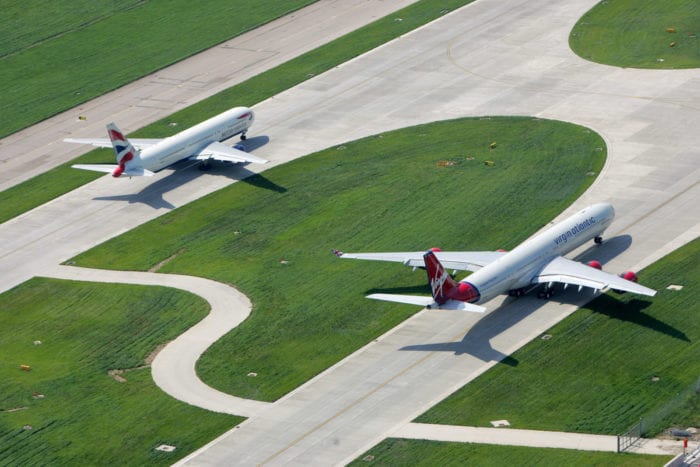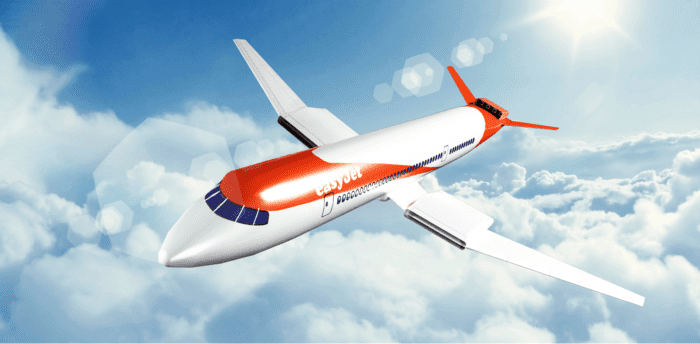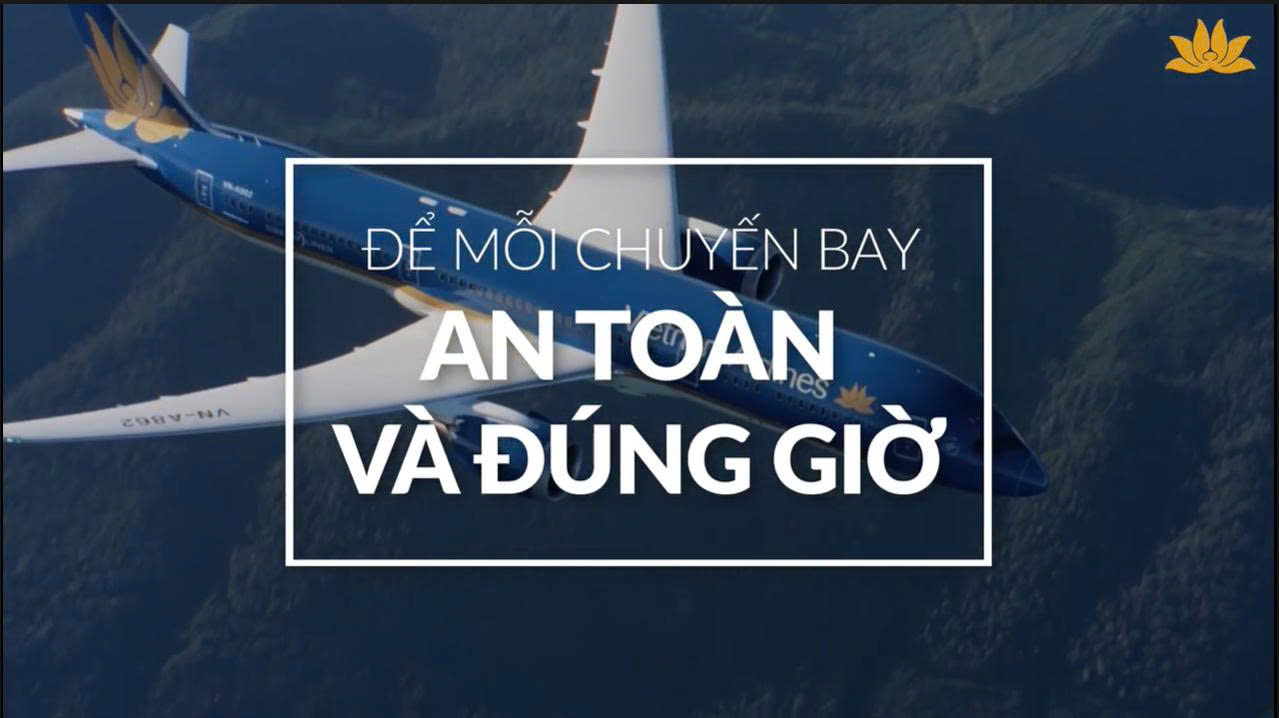
Much is set to change over the next 30 years of aviation, with Heathrow set to build a third runway to cope with capacity.
Aviation has become a huge part of Europe’s identity. Particularly since the introduction of the Schengen Zone, travelling across vast portions of the continent is as easy as ensuring you have ID. With low-cost carrier Ryanair now the largest European airline by passenger number, the fare structure has also changed forever.
Continued cost-cutting
European aviation airlines are continuing to cut costs left, right and centre. With the rise of low-cost carriers, many passengers are beginning to favor cost over service level. This has seen the likes of British Airways cutting the food service offered on short haul flights.
Unfortunately, it seems as though this is a common theme across the board with short-haul travel. As such, the carriers that do currently offer snacks and a drink, such as Lufthansa, are likely to begin charging for such services to remain competitive.

Short haul passengers in economy must now buy food on British Airways.
Electric aircraft
Along the same theme of choosing trains over aircraft for environmental friendliness is the rise in electric aircraft. Last year, Simple Flying reported that Heathrow Airport was running a competition for electric aircraft.
The terms of the competition state that landing fees for the first commercially available electric aircraft to operate from London’s Heathrow Airport shall be waived, saving the airline £1,000,000. Indeed, London Heathrow expects that electric aircraft could touch down at major International Airports by 2030.
The £1,000,000 figure was calculated by assuming an A320 sized aircraft would land three times a day. Over the next 30 years, it would not be a surprise to see huge leaps in electric aircraft in European aviation.

Over the next 30 years, we could see significant progress in the field of electric aircraft.
Growing congestion
Finally, airports are becoming more and more congested. Just this week, Simple Flying reported on Frankfurt’s third terminal under construction. Additionally, Heathrow Airport is currently in the process of commissioning a third runway, in order to increase its capacity.
With more routes being launched to increase the connections and capture new markets, additional landing slots will be demanded in order to service larger fleets. However, with finite space available, it is possible that over the next 30 years, some European airports could reach capacity. With this in mind, Warsaw is already looking to relocate their airport outside the city limits.
Cre: Simple Flying










